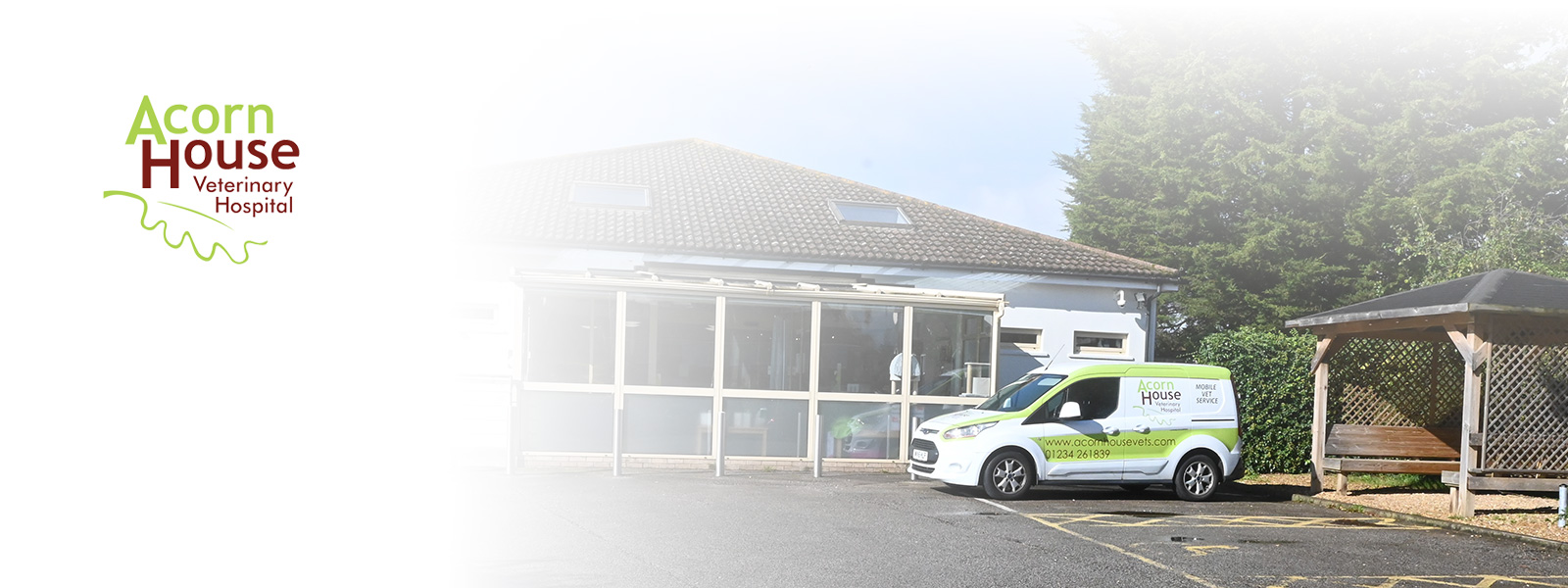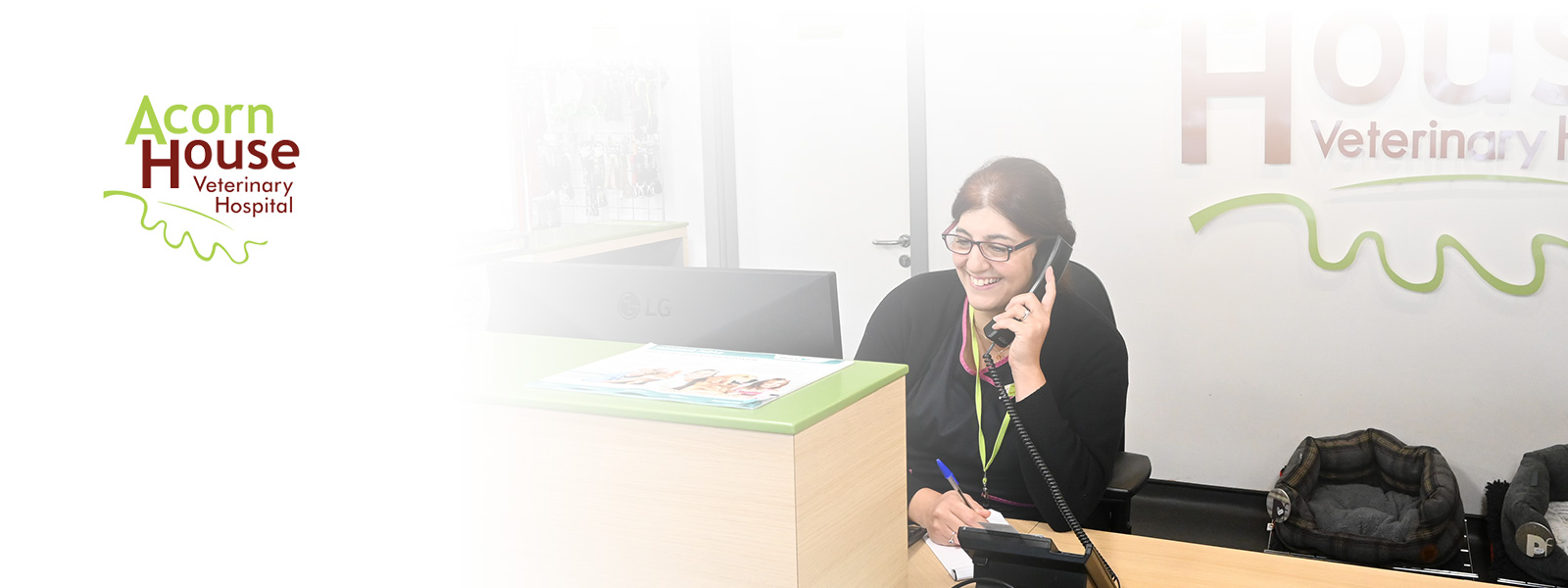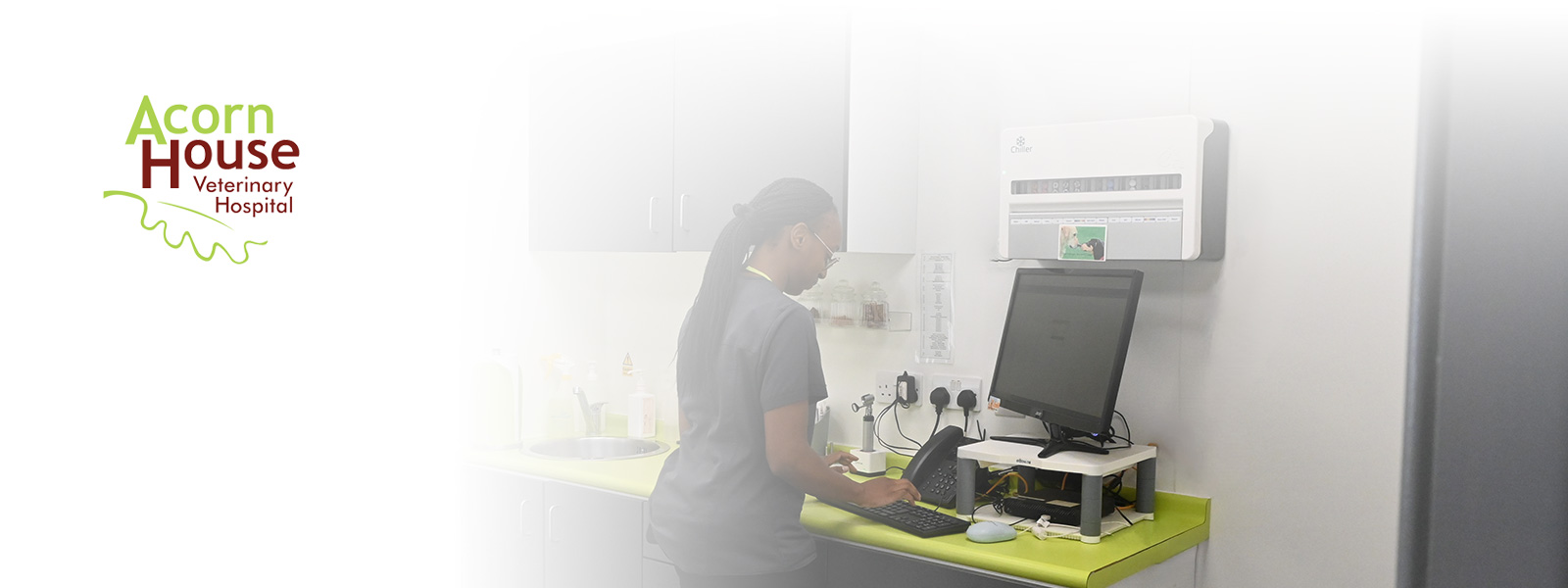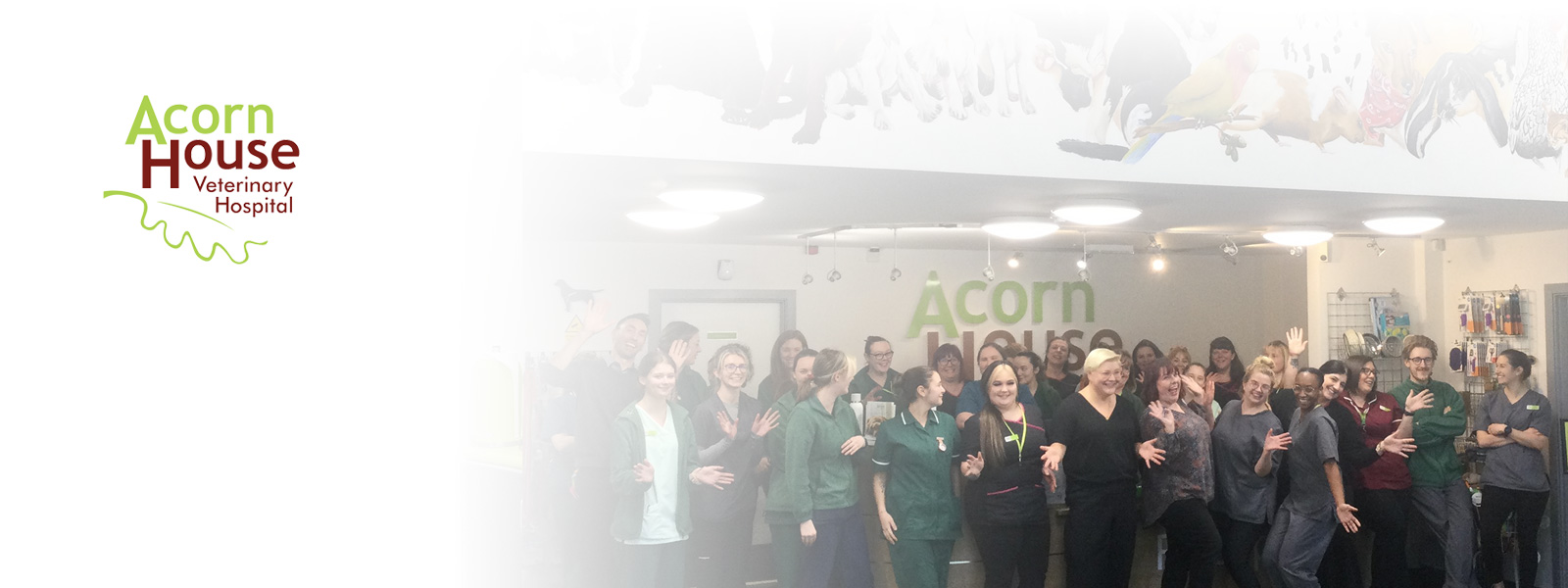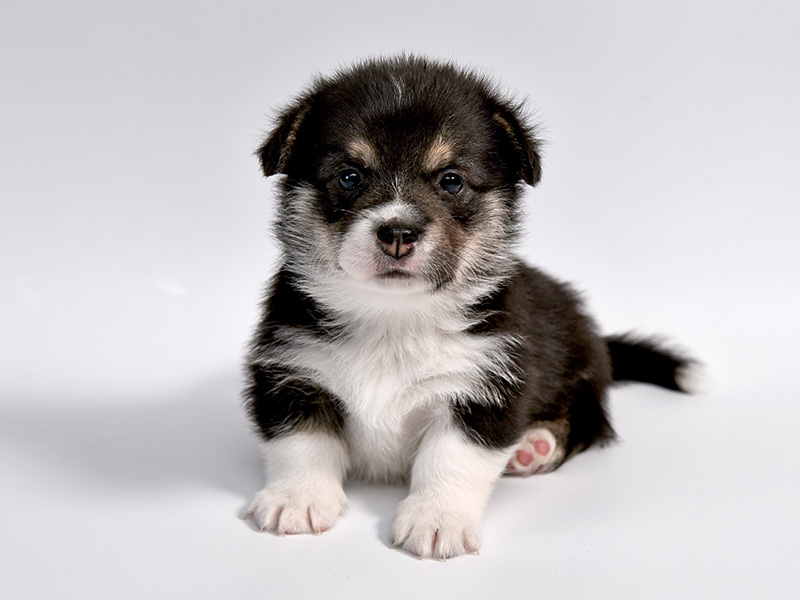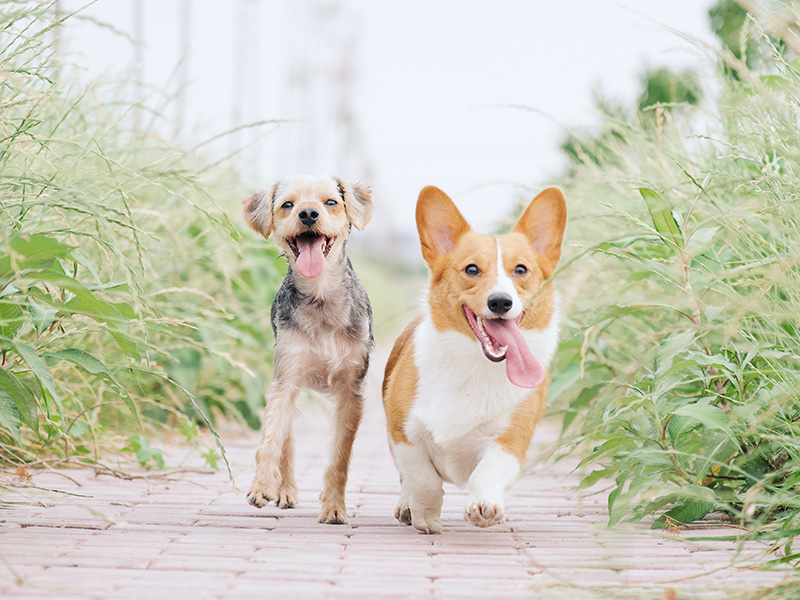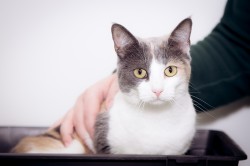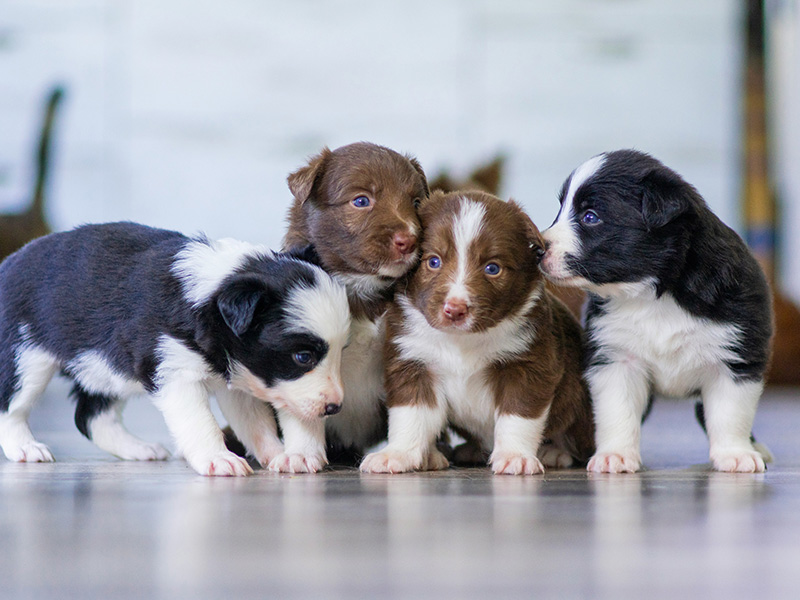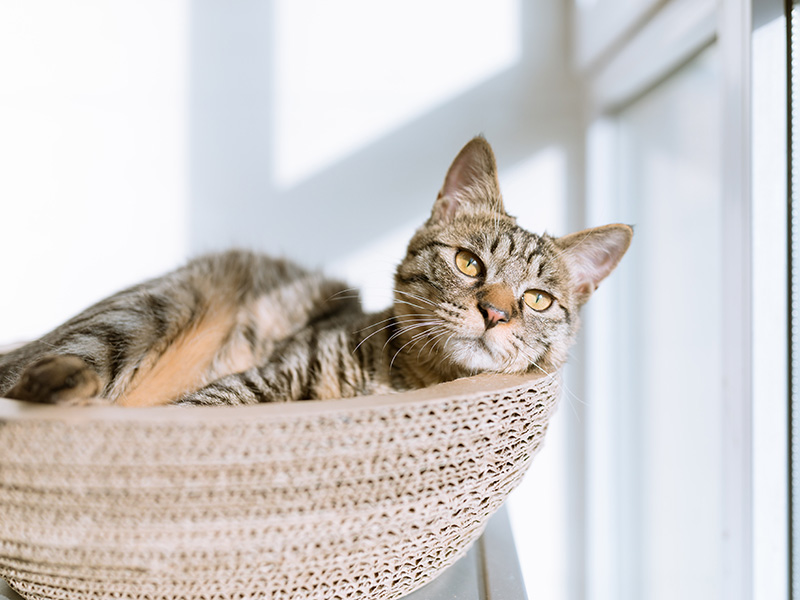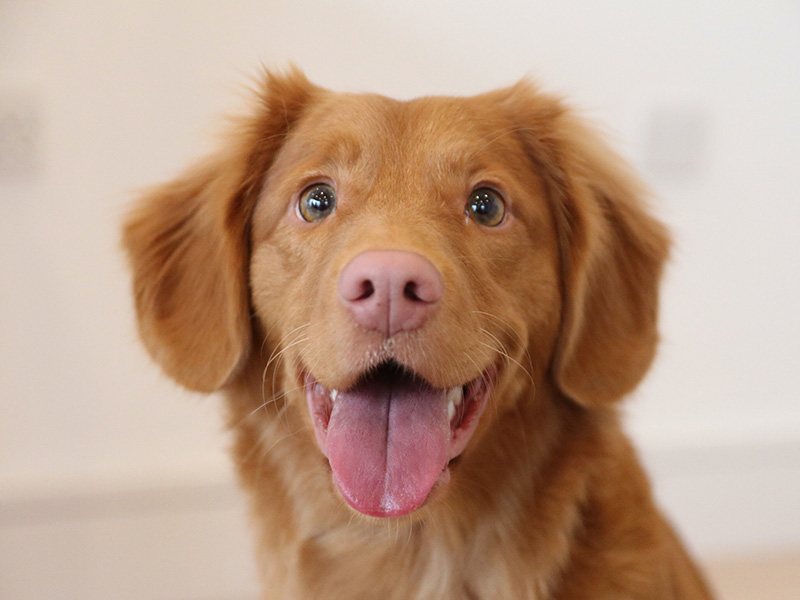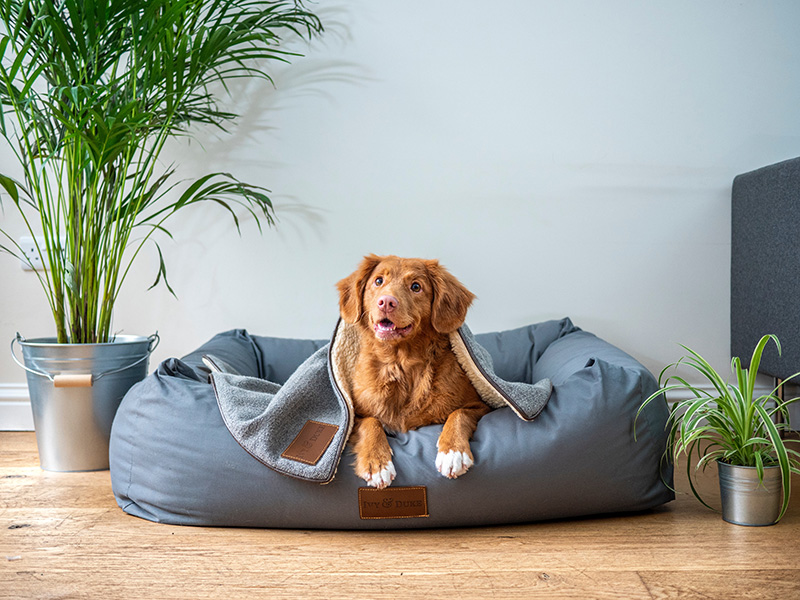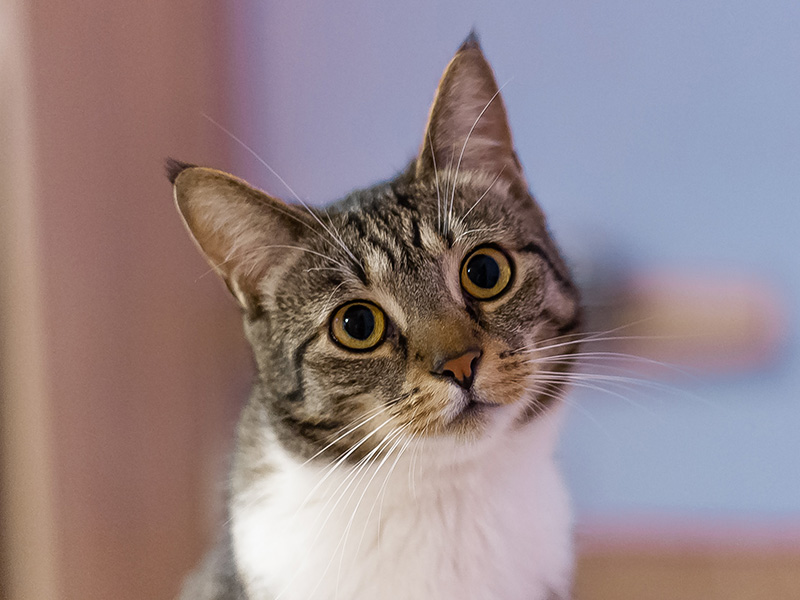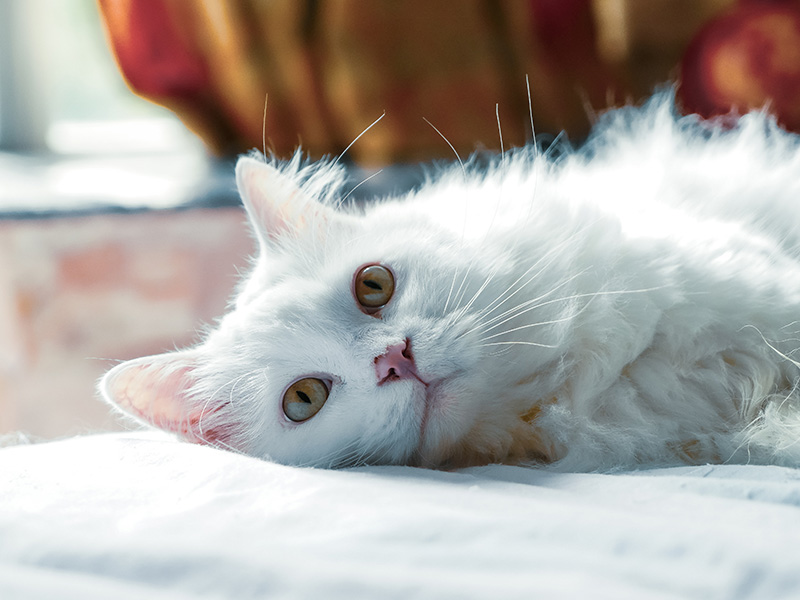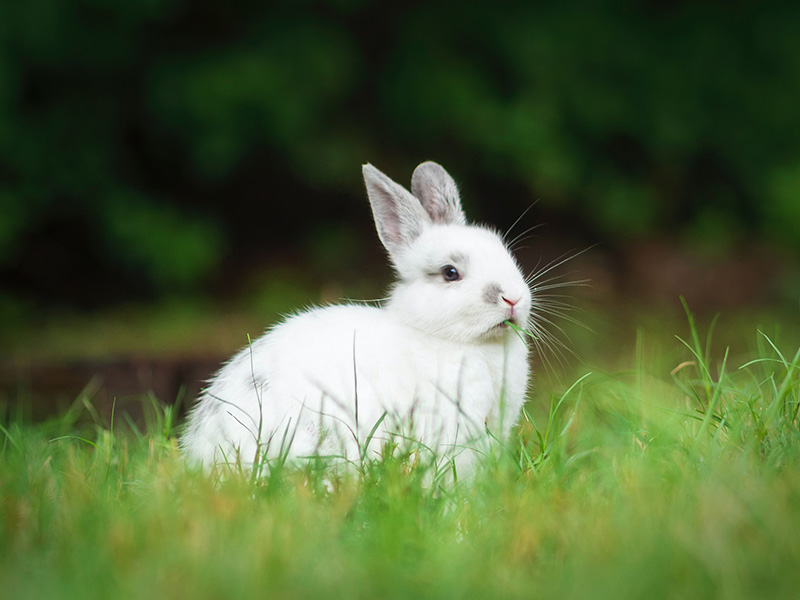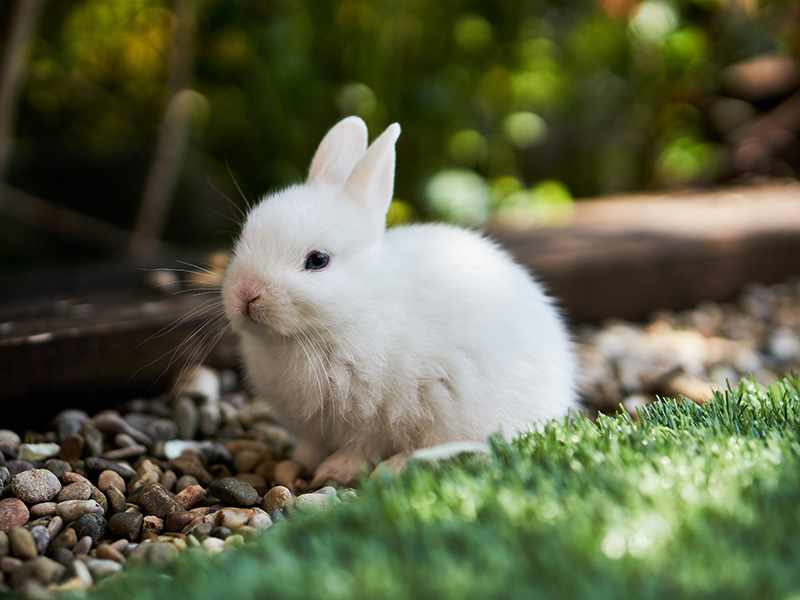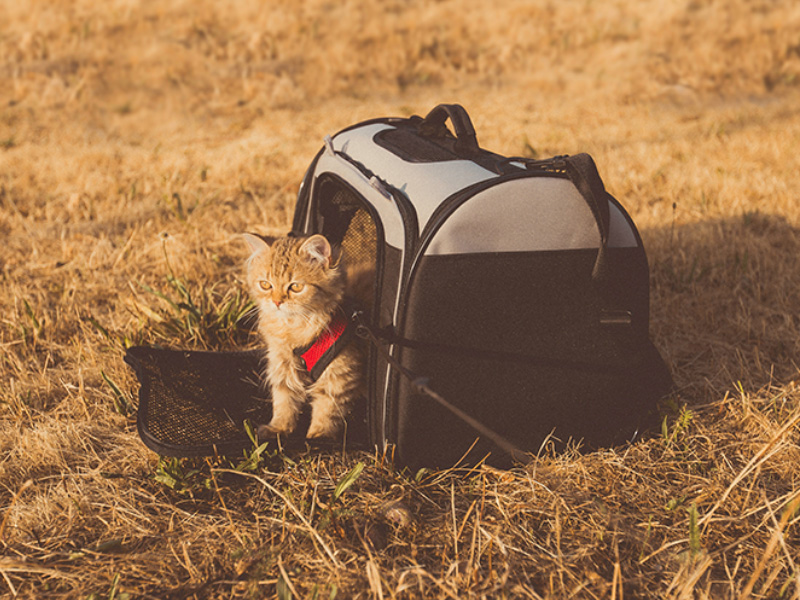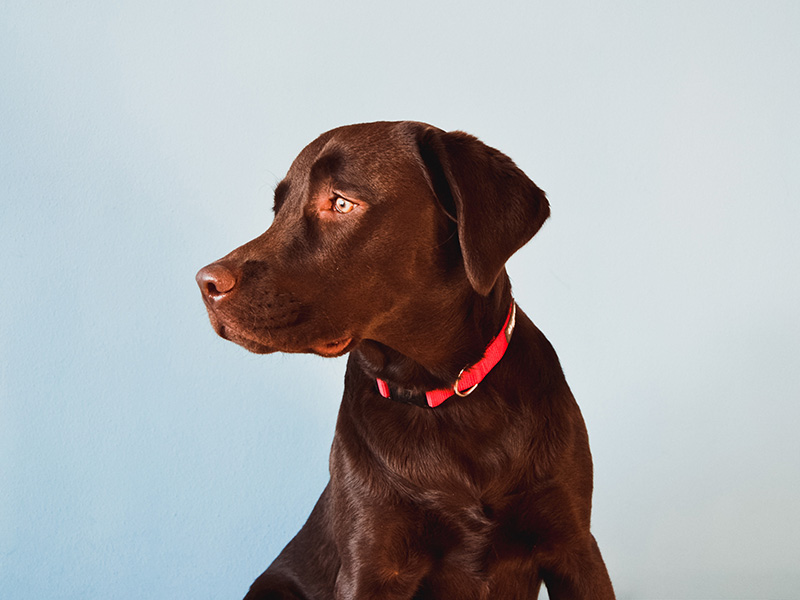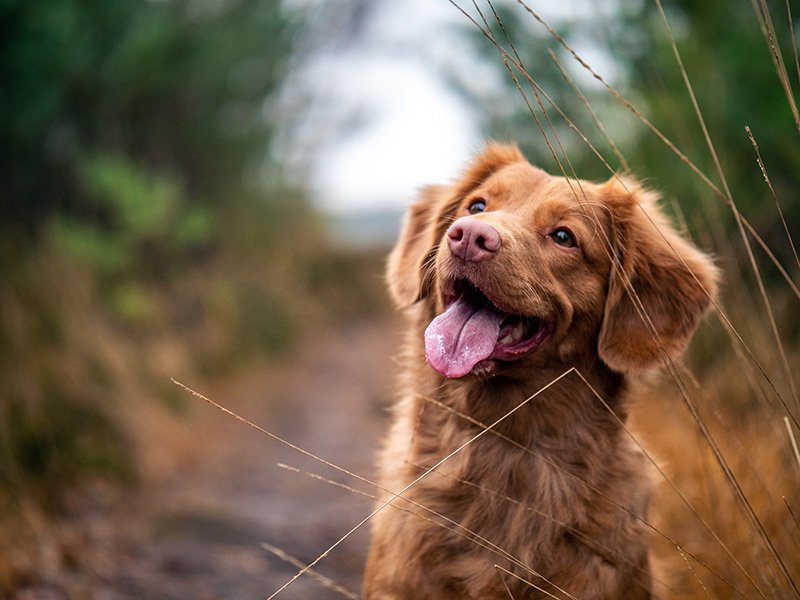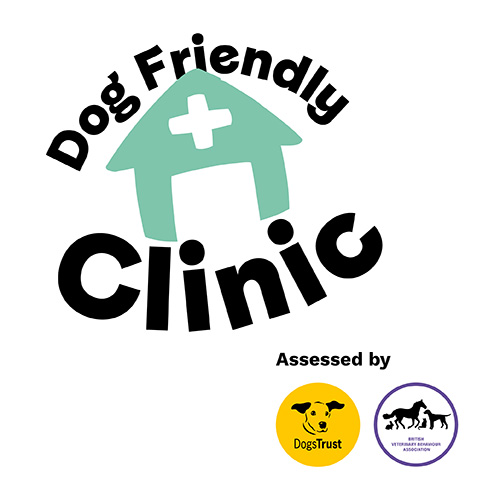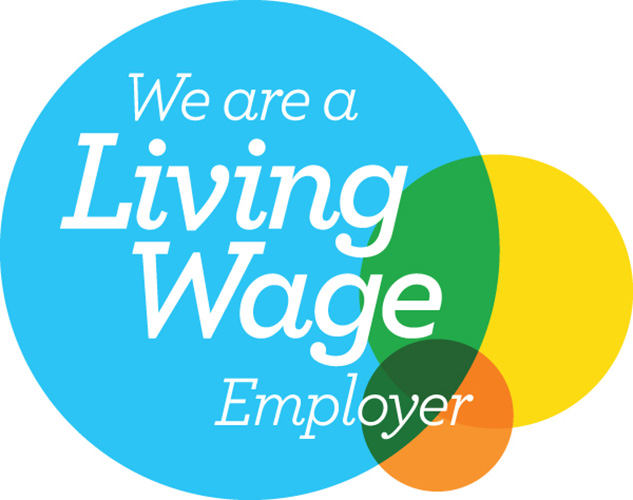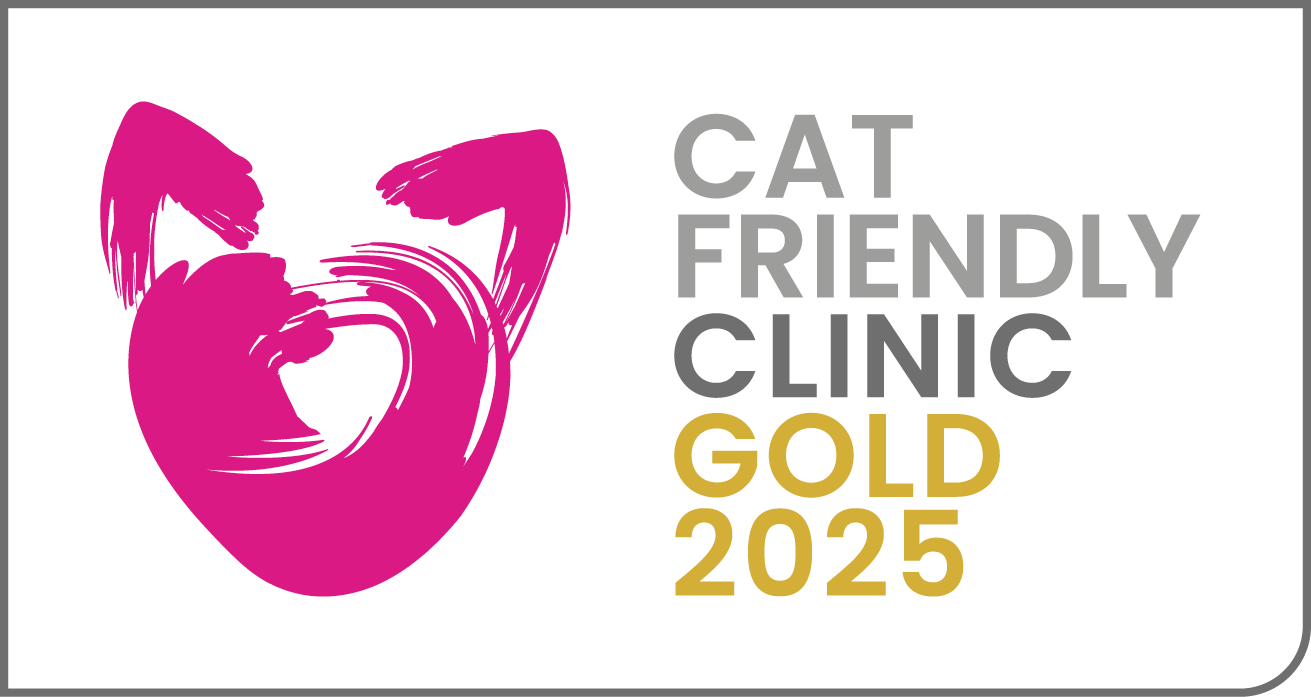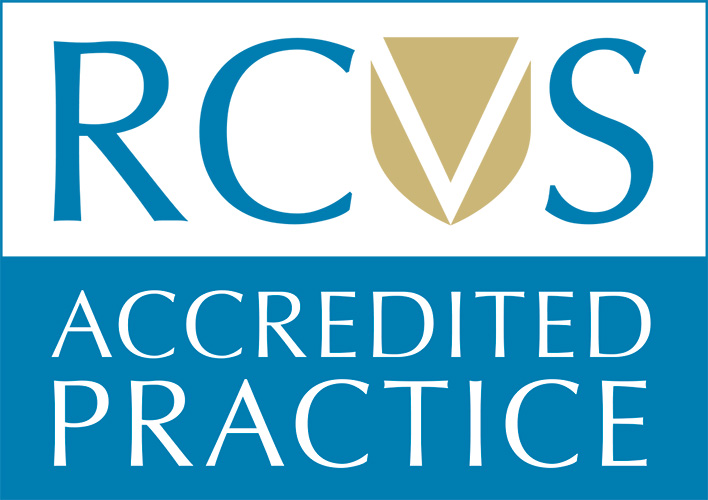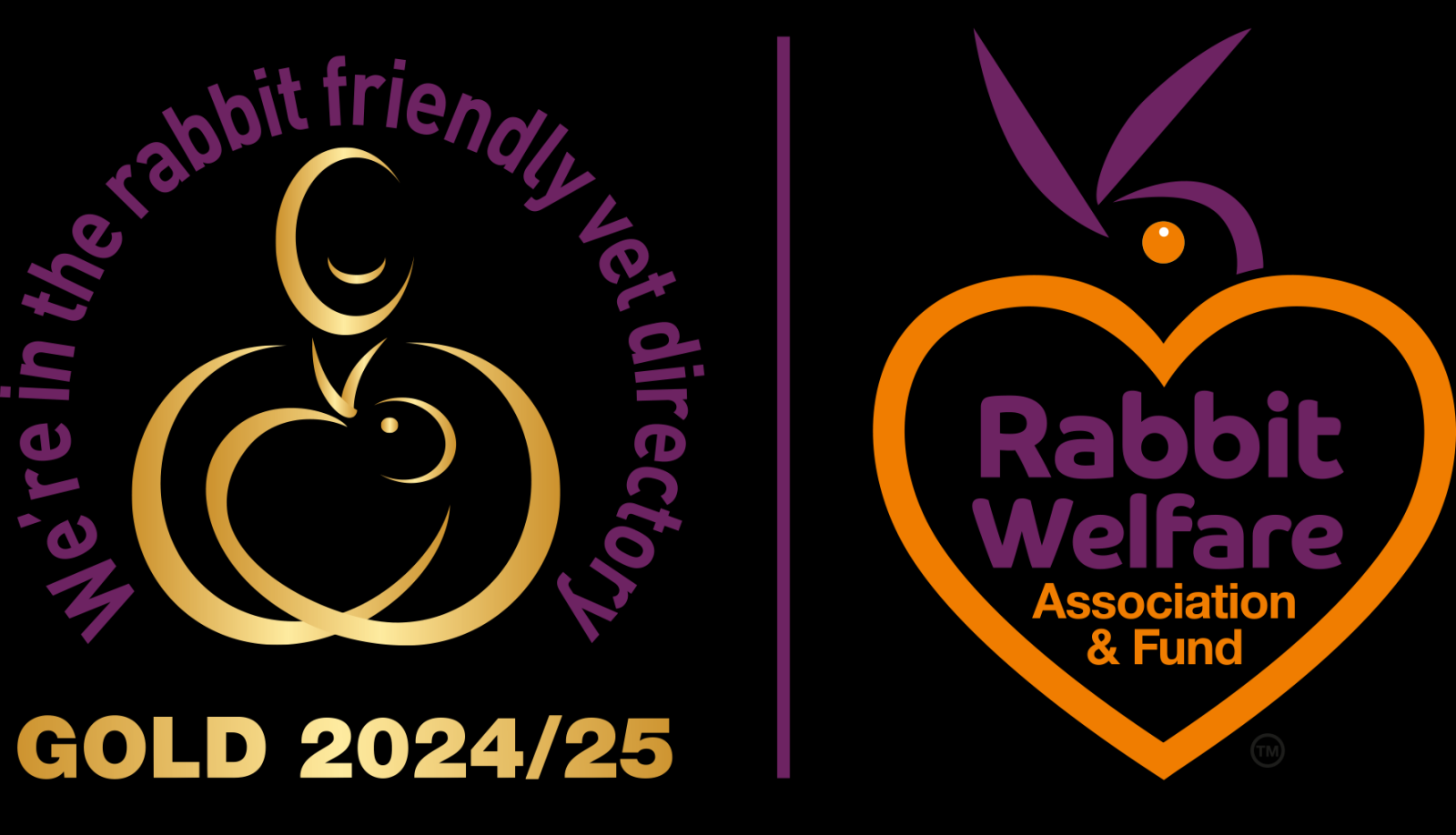Dogs

Are you ready for a dog?
Choosing a puppy or dog
Socialisation
Training your puppy
The journey home
Arrival at the new home
The first few nights
Feeding
Leaving a puppy alone
Visiting the veterinary surgery
Are you ready for a dog?
Dogs are fantastic pets and often become very important members of our families. Dog ownership helps us to develop healthier lifestyles and an increased sense of community in addition to providing us with fun and companionship. The relationship that we have with our dogs is an attachment relationship similar to that between a parent and child, incorporating love with nurturing and responsibility for another creature. This is what makes dogs “man’s best friend” but it does also mean that taking ownership of a dog is a big commitment.
It is important to take the time to consider the practicalities of dog ownership before taking responsibility for a puppy or dog. The most obvious of these is the financial cost of dog ownership. Ongoing expenses such as food, pet insurance and routine healthcare can cost approximately £30 per week and this cost will vary with the size of dog, requirements for regular clipping/grooming etc. Dogs live on average from 10 – 16 years, so it is also important to think about whether you are able to make this commitment for this length of time. Space within the home and garden and the time commitment to exercise, train, play with, groom and generally spend time with a dog should all be considered seriously. A dog should not be expected to spend long periods of time alone on a regular basis as this is often a cause of poor welfare and the development of behavioural problems. Visiting a dog for half an hour in your lunch hour, but leaving it alone for many hours either side of this visit is not providing adequate company for a dog. Fortunately, many solutions exist such as taking your dog to work with you; using local “doggy day care” businesses (where the dog may be taken to a kennel-type facility or into a home); sharing dog-care responsibilities with a neighbour or friend; or having different family members working different shifts. These arrangements should be considered before the decision is made to take on a puppy or dog.
Choosing a puppy or dog
Prospective owners need to think about what type of dog would be suitable for their home situation. For example, small dogs are probably better suited to small houses or apartments and on the whole tend to be less expensive to feed and keep. Some dogs have long coats that need a lot of grooming at home; others (such as poodles) tend not to shed their coat which makes it easier to keep the house tidy but will require visits to the groomers every 6 weeks or so; short-coated dogs require the least maintenance in this area. Some breeds of dog are known to dribble; others have very thick coats and fur around the paws that tends to hold mud and water and may be difficult to manage in the house during muddy or wet weather. If you expect to do a lot of walking and outdoor activity, you will probably be looking for a medium or large sized dog with an athletic build.
More important than the physical characteristics of a dog is his or her temperament. All dogs are individuals and it is not possible to guarantee that every member of a particular breed will act in exactly the same way. However, temperament is partly genetically determined and many breeds have been selected over the years to have a particular sort of temperament. For example, collies have a very strong desire to chase and a high requirement for mental and physical activity – for this reason they are generally best suited to experienced dog owners with a very active lifestyle. Many of the toy breeds have been bred to retain puppy-like features and characteristics and may be more suited to a lower level of physical exercise but more social contact and companionship.
Some breeds of dogs are known to suffer from certain health conditions more than others. If you are interested in a particular breed you may wish to consult the Kennel Club website (www.thekennelclub.org.uk) as there are some breeds in which testing for certain conditions is recommended in the parents prior to breeding to reduce the risks of these health conditions appearing in the puppies.
It is sensible to take some time researching different dog breeds on the internet, in books and on the kennel club website, in addition to speaking to the owners of dogs in the park and to friends and family with experience of keeping dogs. When you think that you have an idea of the type of dog that might be suitable for you the nurses and vets at Acorn House would be more than happy to discuss your choice with you before you go ahead and purchase a new pup.
Many people prefer to take on a puppy rather than an older dog because they can control the puppy’s early experiences and hopefully maximise the chances of him or her developing into a well socialised dog that fits in well to the home environment. However, many adult dogs require new homes and can be located via word of mouth, adverts in the veterinary surgery or online, or through rehoming charities such as Wood Green Animal Shelter. In some cases these dogs will arrive already house-trained, and may be neutered, vaccinated and identichipped already. In some cases they may be a much easier option than taking on a new puppy. However, it is important to remember that in many cases we do not know what sort of early experiences these dogs will have had, and this may affect how suitable a particular dog is for your lifestyle. For example, a dog that was not exposed to children as a puppy or young dog may be fearful and unhappy if adopted into a busy family. Some dogs may arrive with established behaviour problems that can be very challenging to resolve. The staff at rehoming charities are generally very keen to match prospective families with dogs that are suitable for them, so do take their recommendations seriously. Once again, the staff at Acorn House are very willing to talk these issues over with you if you have concerns.
When purchasing a puppy, the ideal situation is to purchase a puppy from a household with one or two family dogs that live in the house. Puppies are more likely to fit into life in your house if they were born into a similar environment. Having a small number of dogs in the household indicates that the dogs will be well socialised and cared for. It is not recommended that you purchase a puppy from a place other than its place of birth. There are many examples of puppies advertised on the internet that are delivered to your home or sold to you in a lay-by or petrol station forecourt, or that are born in one place and then transported to another location for sale. These puppies are generally suspected to be the product of puppy farms, with welfare implications for the bitches used for breeding and significant health and welfare concerns for the puppies. Possible problems could include the puppy not being the breed that you thought it was a higher risk of infectious or parasitic disease because lots of puppies have been kept and mixed together; and poor socialisation which could lead to behaviour problems later in life if the puppies were bred in kennels or outbuildings without experience of a normal home environment. Similar concerns apply to those puppies brought into the UK at a very young age from other EU countries.
It is best to purchase a puppy that has been bred from a bitch that was up to date with vaccinations, worming and flea control as this will provide your pup with some protection from these problems in the early weeks of life. Be wary of rehoming a puppy with discharge from his eyes or ears or that is markedly smaller than his littermates. Many breeders will have had their puppies checked by a vet prior to offering them for sale. If this is not the case, ask if the puppies are sold with a period of free pet insurance to cover unexpected veterinary costs or if purchase can be subject to the pup passing a health examination with your own vet.
Socialisation
Early socialisation occurs whilst the puppy is still with his litter mates and mother. It is important that breeders provide socialisation in the form of gentle handling and exposure to household sights and sounds during this time.
Most puppies are rehomed at approximately 7-9 weeks of age. This is midway through the socialisation period, so it is vitally important that you continue to socialise your puppy. The first experiences your puppy has with new people, animals and situations are the most important. Take particular care to manage these situations to maximise the chances of your puppy developing a positive association in each case. For example, when a new puppy is first introduced to children or existing pets in the family, ensure that this meeting is calm and enjoyable for the pup – supervise the children or pets closely, make sure that handling is gentle and the puppy is able to walk away if he chooses, watch the puppy’s body language to check that he is comfortable and not afraid. Providing tasty treats at this time is an excellent way to develop a positive association. Similarly, when first exposing the puppy to potentially frightening noises such as the vacuum cleaner, start with a large distance and perhaps a closed door between the puppy and the vacuum, wait until the puppy appears relaxed and then gradually increase the noise level/ decrease the distance over a number of occasions until the pup is in close proximity to the vacuum cleaner without showing any distress. Again, providing gentle stroking/attention or food treats may speed up this process.
Gradual, positive introduction of lots of different stimuli and experiences during this period is the key to developing a confident, well-adjusted dog. Consider offering a variety of food types, welcoming visitors of different ages and genders to the home, introducing visitors with hats and walking aids, other pets (if the dog is going to live with cats or other dogs), noisy household appliances, musical instruments, grooming, gentle handling etc but make sure that the puppy is able to choose whether to approach or avoid each one, and the intensity of each experience is controlled to make sure that it is a pleasant one for the puppy. Many people falsely assume that they are socialising their puppy if they simply expose it to lots of different sights and sounds indiscriminately – if this process is not controlled and the puppy ends up feeling afraid when he meets these new things, he will become more frightened not less and this can be difficult to resolve. Watch your puppy closely as you introduce new experiences and learn to “read” the signs of apprehension (lowered head, flattened ears, tucked tail, increased lip licking and blinking, turning or moving away) and respect them. Never force your puppy to approach something that is frightening him – make the situation less frightening (move further away, reduce the volume etc as appropriate) and try again another time.
Puppies and dogs should be provided with a “safe haven”. This is a hiding place where the dog feels safe and content. It can be a cardboard box, dog basket or partially covered pet crate. The puppy/dog should never be trapped in this space (so if you need to shut your puppy in a crate for safety or other reasons, use something different for the safe haven). The dog should learn that it will never be disturbed in this haven (make this a house rule, especially with children in the family!) and occasionally treats should be dropped into the safe haven when the dog is not around, so that he is pleasantly surprised the next time he enters the safe haven and associates it with good things. Having a safe haven helps dogs with stress tolerance as they are able to get away from stressful or frightening things (such as visitors to the house, other pets, children) and choose to approach them in their own time.
Although all puppies will socialise to other dogs by their contact with littermates, it is believed that there is a secondary socialisation period during which puppies learn more about social behaviour towards other dogs when they are between 3 and 6 months of age. Most puppies are living in households with no other dogs at this stage, so it is important to provide opportunities for them to mix with other dogs. Again, this is only of benefit if those experiences are positive so ensure that you select one friendly, calm dog at a time; and introduce your pup to him or her in quiet surroundings with close supervision in case of problems. This means attending a puppy party or early puppy class or inviting a friend around with a dog that is known to be calm and friendly to other dogs – allowing large, unfamiliar dogs to hurtle towards your puppy in the park or worse still, to snap at him will do much more harm than good!
Training your puppy
It is sensible to train your puppy to accept grooming and handling as if for a veterinary examination. Again, it is important to build up these situations gradually with lots of positive reinforcement.
There are many training classes available for owners to take their puppies and these can be useful for exposing your puppy to other puppies in a safe environment, and for learning about and practicing responses to simple commands. Again, they are only of benefit if your pup remains calm and confident during the sessions – there should not be too many puppies in the class; mixing older, boisterous dogs with young puppies is not recommended; and any pup that is fearful should be allowed to hang back and approach at his own pace, not forced to join in. As dogs get older, many training establishments offer higher level obedience classes or other activities such as agility or fly-ball training.
However, it is vital to remember that your puppy is not only learning during these training sessions and any training practice sessions that you introduce at home. Your puppy, just like a child, is learning from every single experience he has at home. This means that it is vital to be consistent in your requests and responses to your pup every minute of every day. The other thing to consider is that for most dog owners, they really want a well mannered dog rather than a purely obedient dog. An obedient dog will do what you ask of it, immediately; but our dogs are part of our families and it is not necessary or desirable to spend our lives barking orders at our dogs. Instead, we would like our dogs to act appropriately in day to day situations without being asked (for example: sitting politely for the lead to be clipped on; walking on a loose lead without pulling; sticking to house rules such as not climbing on furniture or going upstairs). This is the approach developed by Daniel Mills and Helen Zulch at the Animal Behaviour Clinic at Lincoln University and they have published a book “Life Skills for Puppies” which describes this philosophy extremely well. The book is available to purchase RRP £14.99 from bookshops/ internet bookshops or as a Print List Price £14.99. It is beautifully presented with lots of photographs demonstrating puppy body language and step by step exercises and tips to help you bring up your dog to be a well behaved canine citizen and every puppy owner should own a copy!
The Life Skills book includes a detailed method for teaching your pup to walk calmly on a loose lead without pulling. It is also very important that you teach your pup a reliable recall to his name or other signal. There are many ways of teaching these things but the general principles of all training are: make it easy for your pup to do the right thing (for example, start by asking him to come to you when he is nearby and already paying you attention – not when he is chasing a rabbit at the other side of the park!); reinforce the “right thing” with praise or food reward immediately; and ignore or redirect unwanted behaviour (for example a puppy that is chewing a rug in the house should be redirected to an appropriate chew toy and then praised for the correct behaviour, rather than being shouted at for chewing the rug). Please contact the surgery if you wish to discuss training methods further.
Puppies develop preferences at a young age, and this includes preferences regarding toileting. Putting puppy pads or newspaper down for your pup to toilet on is not recommended as it wastes the golden opportunity for your pup to learn to toilet outdoors and requires a second period of training later in life when the pup is more set in his ways. Initially take your pup out whenever you think he is likely to eliminate (after waking, after eating and any time you see him sniffing and scratching at the floor). If he performs successfully outdoors praise him with words, fuss and possibly a treat or game. If your pup has an accident inside the house do not punish him. Make no comment but clear up with a minimum of fuss. A solution of water and biological washing powder is recommended for cleaning up with. The first day that you bring your pup home is a valuable opportunity to establish toileting behaviour (the first experience your pup has is most valuable, with any sort of training). If you take your pup straight from the car into the place in the garden that you are using as a toilet area, it is likely that your pup will need to go after the journey, you can praise this and the behaviour will be set up for the future.
The journey home
For new puppies, the journey to their new home may be the first time that they have travelled. As discussed previously, the first experience should be a positive one, as a negative first experience could set the puppy up to dislike travelling from then on.
Adaptil is a synthetic pheromone produced to replicate the pheromone that a mother releases when suckling her puppies. It signals to the pup that they are safe and helps them to bond to a person or place. It is available from your veterinary surgery as a diffuser (to plug into a central room in the house), a collar and as a spray. The spray can be applied to a blanket 15 minutes before travel and the blanket should then be placed in the puppy carrier/cardboard box to be used for travel. The spray contains an alcohol carrier so waiting 15 minutes for this to evaporate (and not spraying the carrier whilst the puppy is in it) is important so as not to cancel out the reassuring effect with the off putting alcohol smell. It is safest for the puppy to travel in the carrier during the car journey.
It is also important to close car doors gently to avoid frightening the puppy, and to ensure that the puppy is not transported just after eating a large meal, in case this causes sickness.
Arrival at the new home
An Adaptil diffuser should be plugged in at the new home 5-7 days before the new puppy arrives. This will maximise the chances of the puppy feeling relaxed and positive about his new home.
As soon as the puppy arrives in the new home he should be put in a suitable spot in the garden and given the opportunity to toilet there.
It is very tempting to handle, stare at, pick up and stroke your puppy a lot in the first few days. However, if you can resist this urge, it is easier for your pup to be allowed a little space to adapt to the new surroundings without feeling overwhelmed. In general it is best to allow the puppy to approach you before providing fuss and attention, rather than cornering or picking him up when he has no choice. It will be particularly difficult for children to understand this when they are so excited about their new pet!
The first few nights
The first few nights in a new home are critical in assisting the new pet to adapt. It is a huge difference for a pup to adjust to leaving the warmth and constant company of his mother and littermates behind, and as with all new experiences, it is important that we make this as positive as possible. It is also important that the bedtime routine is decided in advance by the owner, and not varied according to the pup’s behaviour those first few nights. The routine that you select will vary depending on your individual circumstances: an example of a sensible night routine for a new pup is given below.
- Active handling and play in the evenings before bedtime
- Feeding a small meal an hour before bedtime
- Taking the pup out to the toilet just before bedtime
- Provide a comfortable, padded bed with sides (persistent chewers may have to settle for a cardboard box or tough plastic basket instead) with a well-insulated hot water bottle or electric heat pad underneath the sleeping area.
- Have an Adaptil diffuser plugged in beside the sleeping area
- For the first few nights place this bed in a crate beside the owner’s bed. This provides reassurance to the puppy and helps to ease the transition into sleeping alone. However, it should be expected that the pup will whine and cry at night for the first few nights or up to a week. If the pup wakes in the night and cries he should be taken out to the toilet in a calm manner with no fuss or interaction and then calmly returned to his own bed – you are trying to teach the pup that there is no attention or play to be had in the middle of the night, but reassure him that his needs will be met and there is no need for him to soil his bed. It is vital that any crying is not responded to with fuss, talking or lifting the pup out of his own bed into your own unless you are happy for your dog to sleep in your bed and wake you during the night for the rest of his life! If you think that you would be unable to resist, or there are concerns about the pup waking the children in the house consider sleeping downstairs yourself with the pup; or crate the pup downstairs from the beginning – the only problem with this is that you are unlikely to hear if the pup needs to go out until he has been barking and crying for some time and this can be distressing for the puppy and lead to more persistent barking in the future.
- Once the night time routine has been established and the puppy has developed good sleep habits the puppy’s bed and crate can be moved to the landing and then downstairs in families that do not wish a dog to sleep in their bedroom long term. Ensure that you move the Adaptil diffuser if you move the sleeping arrangements.
- If the puppy is to be crated out of your earshot the crate should be big enough for the dog to toilet outside of the sleeping area if necessary
Feeding
Many puppies suffer with colitis when they first move into their new homes – this appears as soft stools possibly with mucus or streaks of fresh blood on the outside despite the puppy appearing fit and well. The main cause of this is thought to be the stress of moving away from the mother into a new household, but other causes include sudden diet changes and any worm burdens. In addition to providing worming treatment and a routine veterinary health check it is a good idea to feed your puppy on the same food that he was eating in his previous home, and only switch over to your preferred diet after a week or so. Even at this stage, the change should be managed gradually. The vets and nurses at Acorn House will be happy to advise and help with this.
Teaching puppies to feel safe when alone is a very important lesson. It is not natural for a dog to be alone, and we have bred domestic dogs to have a strong attachment to humans, so there is a real instinct for a pup or adult dog to attempt to re-establish contact with his owner when left alone. This usually takes the form of barking/ howling and attempts to physically escape confinement can lead to destructive behaviour. Coping alone is a skill that has to be learned by puppies and teaching this skill is possibly the most important training that you can give your dog. Many well-meaning owners take time off work when they have a new puppy and devote a lot of time to the pup whilst they are at home. However, this can mean that when they eventually have to go back to work or leave the dog for other reasons, the puppy has not learned to spend time alone and a valuable period for teaching this to the pup has been missed.
In the first few days it is sufficient to allow/encourage situations where the pup is amusing himself without the owner present – for example by playing with food-dispensing toys or chews. When the puppy has had a game, been fed and an opportunity to go to the toilet it is quite likely ready for a nap and it is preferable that you move to another room or to the other end of the room whilst he is settling down to sleep rather than cuddling him or sitting with him as he sleeps.
Leaving a puppy alone
After the first few days you should practice leaving your pup alone for very short periods of time. These should be planned to occur in the days before the owner has to go back to work, so that they can be kept very short, and adjusted to suit the learning of the pup, rather than fitting in with owner appointments and commitments. Initially settle the pup (in his crate if this is where he sleeps) when he is ready for a nap as above. When you leave it is important that you do not make a fuss (ie; do not give extra cuddles or say “goodbye” or keep going back to the pup) as this will make the contrast between you being present and absent much more significant to your puppy. Go outside for a very short period of time (less than 5 minutes) and then return. Once again, do not make a big fuss of your puppy when your return. Try not to return to your pup if he cries when you leave. Hopefully he will not cry if you have left him at a time when he is ready to settle and only for a very short period, but if he does try not to return to him until he is settled and quiet, to avoid teaching him to cry and bark to call you back. The RSPCA have a leaflet which you can read here to guide you through the process of training your pup to stay calm when he is left alone.
Visiting the veterinary surgery
Most puppies will need to visit the vet fairly early on for an initial health check and vaccinations. Again, the first experience will be a formative one for the puppy, so it is important that it goes well. Early exposure to the cat carrier and the use of Feliway as described previously will help with the journey to the surgery. At Acorn House we are able to provide free of charge nurse appointments, so if you would like your puppy’s first visit to simply be a fuss and some treats on the consulting table and book the vaccination appointment for a few days later, that can easily be arranged.
The reception staff will also be able to advise you on a quiet time to attend the surgery so that your puppy is not overwhelmed by a waiting room full of frightening animals. Putting the puppy carrier/ box on a chair or on your lap will also make your pup feel safer. The vets and nurses have puppy treats at the surgery to help your pup develop a positive association with the examination table. However, some puppies are too nervous to think about eating treats at the vets! If there is something very highly prized by your pup (such as small pieces of cheese or sausage) you could bring some of that to the appointment. It is a good idea to reserve such high value treats solely for use at the vets even for adult dogs, so that the stress of the journey and examination is made “worthwhile” each time.
At Acorn House, we are fortunate to have a local dog trainer, Kate Lamacraft of the Canine Hub who runs puppy classes on Monday evenings in our waiting room, after the surgery has closed for the evening. Not only are these excellent classes for puppy socialisation and early training, but they also offer an opportunity for puppies to have fun at the vets on a weekly basis during their socialisation period. Attending the surgery in such a positive way at such a sensitive period of a puppy's development, should make sure that these pups grow up into dogs that feel relaxed and confident at the vets.
